Jewish History: Antisemitism
Female Martyrdom
In various eras, Jewish women chose martrydom, or Kiddush ha-Shem (sanctification of the Divine Name), rather than repudiate God or transgress certain commandments. Examples appear in Jewish Hellenistic writings, rabbinic literature, Crusade chronicles, medieval Hebrew piyyut (liturgical poetry), accounts of the seventeenth-century Chmielnicki pogroms, and documents connected with the Shoah. Scholars differ, however, regarding the accuracy of these martyrological texts, which often reshape actual events to conform to iconic imagery.
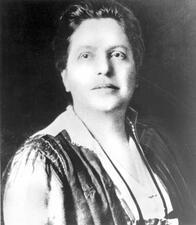
Feminism in the United States
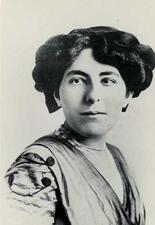
Edna Ferber
Prolific writer Edna Ferber celebrated America in her many works, even as she exposed its shortcomings. Her novel So Big won a Pulitzer Prize in 1925, and the film Giant and the musical Show Boat were both based on her novels. Ferber’s work was shaped by her childhood experiences of antisemitism and frequently featured strong and talented women.
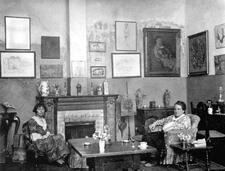
Fiction in the United States
Literature by American Jewish women reflects historical trends in American Jewish life and indicates the changing issues facing writers who worked to position themselves as Americans, Jews, and women.
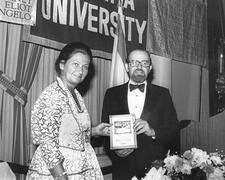
Modern France
From the French Revolution to the twenty-first century, Jewish women in France have undergone radical legal, political, cultural, and religious transformations. Seizing upon the increasing number of opportunities available to them, both as Jews and as women, Jewish women have left their marks on all areas of French society.
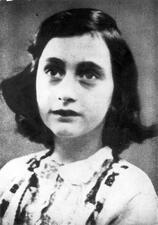
Anne Frank
Anne Frank is famous for the diary she wrote during the Holocaust, in which she describes her life while hiding in an Amsterdam attic. She was caught and perished in Bergen-Belsen. Her diary, which is often part of school curricula, has become one of the central symbols of the Holocaust and human suffering.
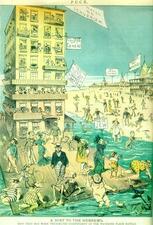
Bertha Rayner Frank

Recha Freier
German-born Recha Freier founded Youth Aliyah in 1933, which assisted in sending Jewish European teenagers to Palestine prior to World War II to be trained as agricultural pioneers on kibbutzim. Although she was responsible for saving the lives of many thousands of Jewish youth, Freier’s efforts were not officially acknowledged until 1975, when she was eighty-three years old.
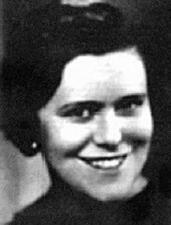
Else Frenkel-Brunswik
Else Frenkel-Brunswik was a social psychologist who is best known as a coauthor of The Authoritarian Personality.
Marta Friedländer-Garelik
Just the third Austrian woman to establish a legal practice, Marta Friedländer-Garelik’s law career was cut short by the 1938 Anschluss. She was able to escape Vienna through passage to Ireland, where she discovered her talent for handicrafts. After immigrating to Texas in 1941, Friedländer-Garelik started her own very successful knitwear factory.

Henriette Fürth
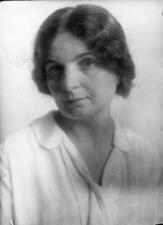
Hilda Geiringer
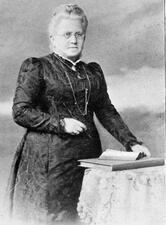
Germany: 1750-1945
The Jewish Reform movement did not liberate women from their subordinate religious status, and the nineteenth-century bourgeois German family ideal with its rigid gender roles soon eclipsed the fluid structure of premodern Jewish families. Jewish women were expected to transmit German bourgeois values while also shaping their children’s Jewish identity.
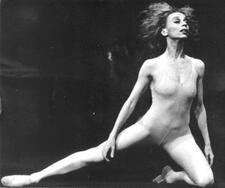
Marika Gidali
After surviving the Holocaust and immigrating from Budapest to Brazil, dancer Marika Gidali became an influential performer, teacher, and choreographer at a time when the arts faced serious repression under military dictatorship. In 1956 Gidali began dancing with the Ballet Company of Theatro Municipal do Rio de Janeiro. Gidali later set up her first school, which was the meeting point for many artists in the mid-1960s.
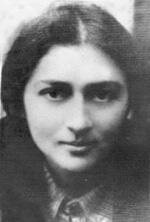
Mire Gola
A passionate idealist, Mire Gola organized anti-German resistance in World War II as a Communist in occupied Poland. She inspired others with her eloquent poetry and her fortitude through imprisonment and torture.
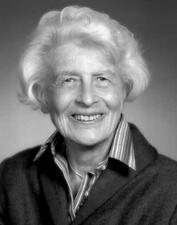
Gertrude Scharff Goldhaber
Emma Goldman
Emma Goldman was a potent voice of anarchism in North America and Europe in the early twentieth century, and her controversial beliefs made her many powerful enemies. Yet even after enduring many contentious interactions with law enforcement, Goldman continued to speak, write, and teach on freedom and individual rights, inspiring her followers to question authority at every turn.

Michal Govrin
Michal Govrin, born in 1950 is an Israeli poet, writer, and stage director. She takes a highly individualized perspective on Israeli-Jewish post-Holocaust reality by combining artistic experimentation with Biblical and Rabbinic sources and philosophical discourse. In her poetry, prose and essays she examines places and spaces within a polyphonic context of architecture, art and theater, the sanctity of land, and the national narrative.
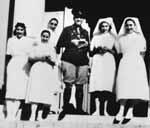
Greek Resistance During World War II
Sephardi and Romaniote women during the resistance movements in Greece and in Auschwitz Birkenau have been rarely mentioned in the literature on World War II, but they made varied contributions to the movement.
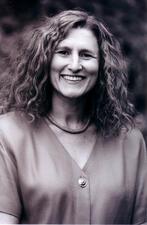
Gloria Greenfield
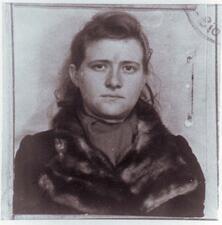
Haika Grosman
Politically active from a young age, Haika Grosman played a key role in the underground resistance to Nazi occupation and the Holocaust and put her safety on the line in the name of the movement.
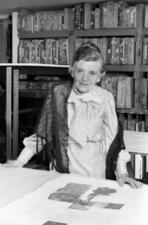
Tatyana Grosman
Tatyana Grosman nurtured an entire generation of printmakers and raised printmaking in the United States to the status of major fine art. Universal Limited Art Editions, which she founded in 1957, published prints by many major American artists, and launched collaborative endeavors between artists and writers. Much of the press’s work was acquired by the Metropolitan Museum of Art.
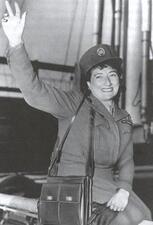
Ruth Gruber
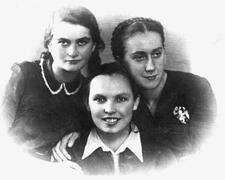
Bela Ya’ari Hazan
On the outbreak of World War II, Bela Hazan escaped her hometown of Rozyszcze, Poland, for Vilna, where she worked as a smuggler for the Dror movement. She was arrested by the Gestapo in 1942 and sent to Auschwitz, where she served as a nurse, then to Ravensbruck, and finally to Leipzig, from which she was liberated. She immigrated to Israel, where she died in 2004.
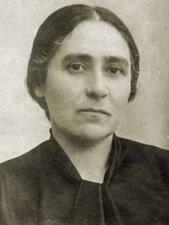
Anna Braude Heller
A brilliant pediatrician used to working in difficult circumstances, Anna Braude Heller struggled to keep children’s hospitals open through both World War I and World War II, even as the Nazis occupied Poland and placed Jews in ghettos. Although she evaded deportation in 1943, she was killed shortly afterwards when German soldiers raided the Warsaw Ghetto.


